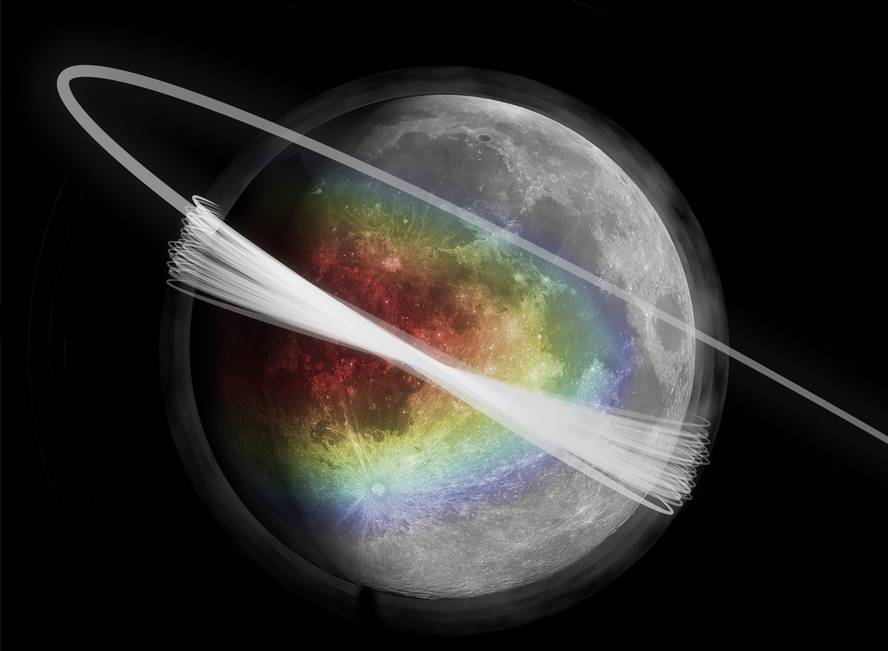They have demonstrated the existence of a permanent dust cloud around the Moon

The LADEE mission began in September 2103 and lasted 184 days. During this time the atmosphere data were collected through a vessel orbiting the Moon at different heights (220-260 km from the surface and 20-100 km).
This has allowed us not only to study the composition, density and distribution of the dust cloud, but also to clarify the origin of the particles. According to astronomers, these clouds are due to comets that pass at high speed near the Moon. In fact, cloud dust occurs when particles released from the comets hit the surface of the Moon. Proof of this is the increase in cloud density during the rainy weather, especially when the Geminids are conditioned.
Given this situation, astronomers have announced that all planetary bodies without atmosphere can have similar clouds. Along with this, they have ruled out that the cloud they have now studied on the Moon has to do with what the astronauts of the Apollo 15 and 17 missions have seen. Apparently, the astronauts indicated that they saw a glow in the cloud of the Moon, but their description does not coincide with the one that emerges from the data of the LADEE mission. Therefore, the mystery of the brilliant cloud observed in the Apollo missions remains unsolved.





